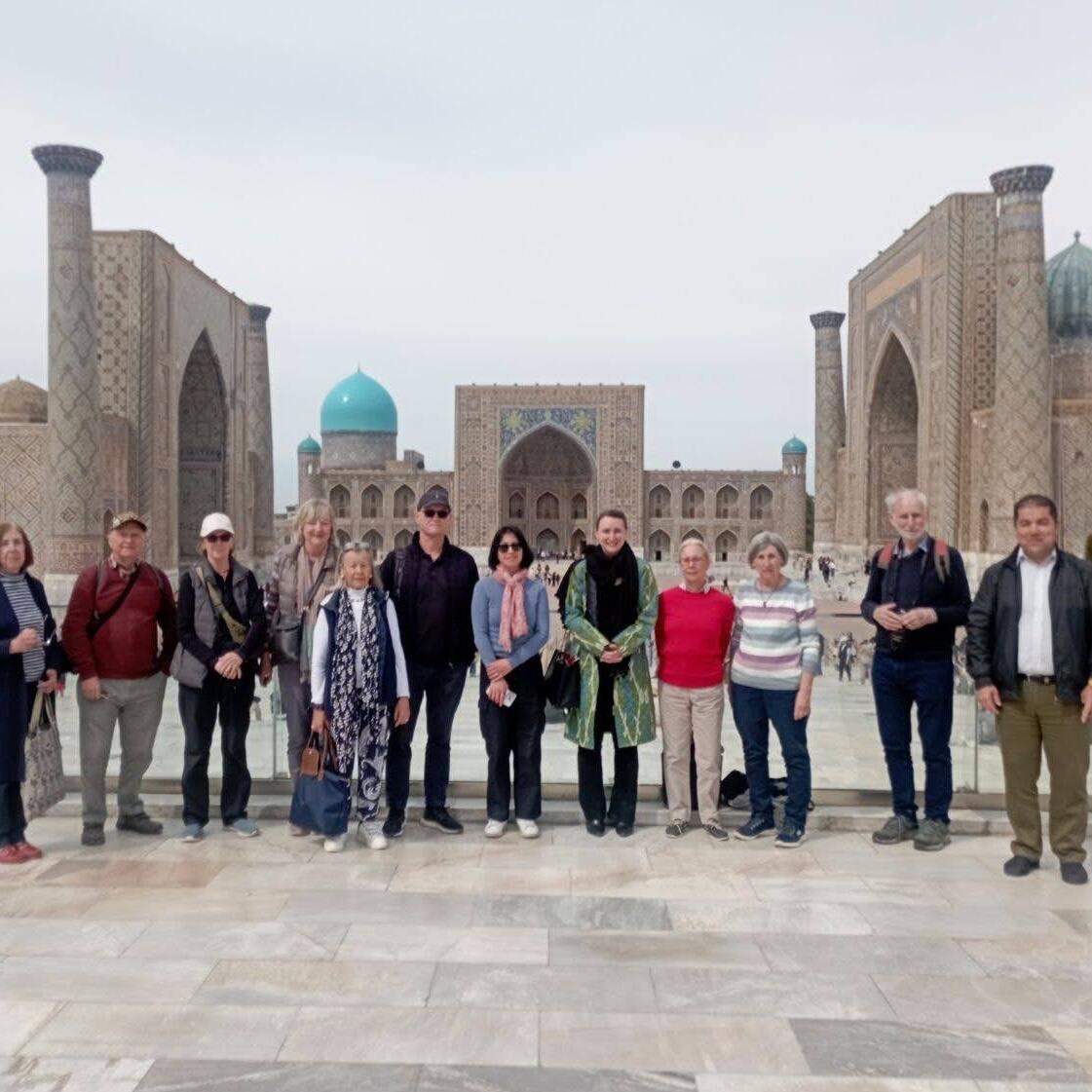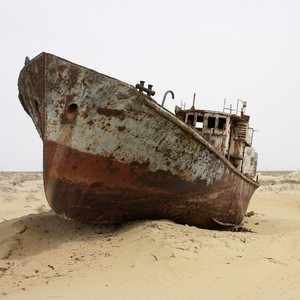
Day 1 : Day trip to Muynak from Nukus
Travel to Muynak, where you will see the "cemetery of ships" and learn the history behind the former port town in the local museum. Overnight stay in Nukus.
Meal plan: Breakfast
Please see itinerary for some suggested extension options in Uzbekistan
Muynak - Nukus - Gyaur-Kala - Mizdahkan - Aral Sea - Ustyurt Plateau - Tashkent - Termez - Fayaz Tepe - Kampyr Tepe - Kumbel Mountain Peak - Chatkal Mountain Ridge - Chimgan - Yangikurgan Village - Charvak Water Reservoir - Ugam-Chatkal National Park

Travel to Muynak, where you will see the "cemetery of ships" and learn the history behind the former port town in the local museum. Overnight stay in Nukus.
Meal plan: Breakfast
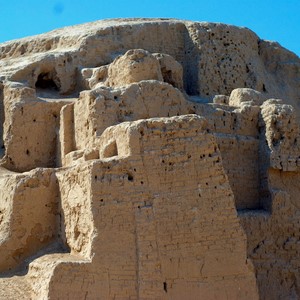
Drive to the Aral Sea, stopping en route at the Mizdakhan and Gyaur-Kala. Continue on the Ustyurt Plateau to the Aral Sea, seeing ancient burials and the former Light House along the way. Arrive at the campsite by the banks of the Aral Sea, where you will stay overnight.
Meal plan: Breakfast

Rise early to enjoy the sunrise over the Aral Sea, before beginning the journey back to Nukus. Stop en route in Muynak to see the "cemetery of ships" and learn the history behind the former port town. Continue your journey back to Nukus. Overnight in Nukus.
Meal plan: Breakfast

Transfer to the airport for flight to Termez. On arrival, visit Termez Archaeology Museum, Mausoleum of Al-Hakim Al-Termizi and the Fayoz-Tepa. If time permits, see the Zurmala temple before catching your return flight to Tashkent. Overnight in Tashkent.
NOTE: If you have time we strongly recommend the 2-day Termez tour over the single day tour which misses some key highlights and will feel quite rushed.
Meal plan: Breakfast

Transfer to the airport for flight to Termez. Visit key sights in Termez, including the Archaeology Museum, Mausoleum of Al-Hakim Al-Termizi, Fayoz-Tepa and the Zurmala temple. Overnight in Termez.
Meal plan: Breakfast

Spend the day exploring Termez. Visit Kampyr Tepe, Jarkurgan Minaret and the Mausoleum of Sultan Saodat. Transfer to the airport for return flight to Tashkent. Overnight in Tashkent.
Meal plan: Breakfast

Travel to Chimgan Mountains. Ride a cable car up Kumbel Mountain for a 40 minute gentle hike to the mountain's peak, where you can enjoy the views across the Chatkal Mountain Ridge, Kyzylnura Mountain and Nurekata River Valley. Descend by cable car - with the option of returning on horse back. Overnight in Chimgan.
Meal plan: Breakfast

Drive to Yangikurgan Village and see Charvak Water Reservoir. Visit Ugam-Chatkal National Park for 3.5 hours of light hiking to the Gulkamsai and Aksai Waterfalls. Later, drive back to Tashkent. Overnight stay in Tashkent.
Meal plan: Breakfast
Extend your trip in Uzbekistan
Enrich your taste buds and culinary skills
Discover petroglyphs and valleys on this extension.
Village walks around the Fann Mountains
Silk Road wares and the fertile Fergana.
See what became of this vast freshwater lake.
Get under the skin of all five 'Stans'
Discover the heart of the Silk Road and beyond
Discover ancient sites and traditions in Uzbekistan
Desert Highways & Mountain Lakes.
From desert citadels to alpine lakes.
Get under the skin of Uzbekistan's towns and villages
Ancient cities, spell-binding architecture and stunning landscapes
Connecting Classic Silk Road Cities.
Silk Road sites and ski slopes
Deborah Conway-Read , Uzbekistan OdysseyA well-planned trip, allowing us to see some of the amazing rich history of Uzbekistan, and giving us a chance to see some of the excellent craftspeople who still produce gorgeous handmade items.
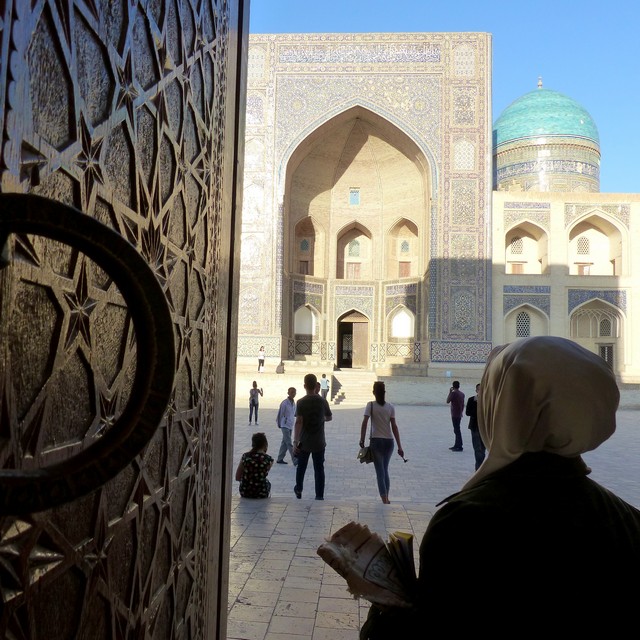
Doreen Hutchings , Uzbekistan OdysseyThe Uzbekistan Odyssey was a well constructed and executed tour of Uzbekistan. We saw so much of the country, including towns, cities, deserts and mountains, and experienced the wonderful architecture, the turbulent history and the beautiful arts and crafts of the country. And all that with the background of the romance of the Silk Roads!

Dave Every , Tailormade 'Stans'We spent a memorable month in Central Asia, travelling through four 'Stans. The long history of ethnic diversity and exchange of cultural ideas make it a fascinating place. The architecture and landscapes were breathtaking and the hospitality and warmth of the people unforgettable.

Tony & Chris Cram , Tailormade UzbekistanThe Silk Road trip is the second tailored tour we have made with Travel the Unknown. The itinerary was well-planned and we found every guide knowledgeable and good company. Thank you.
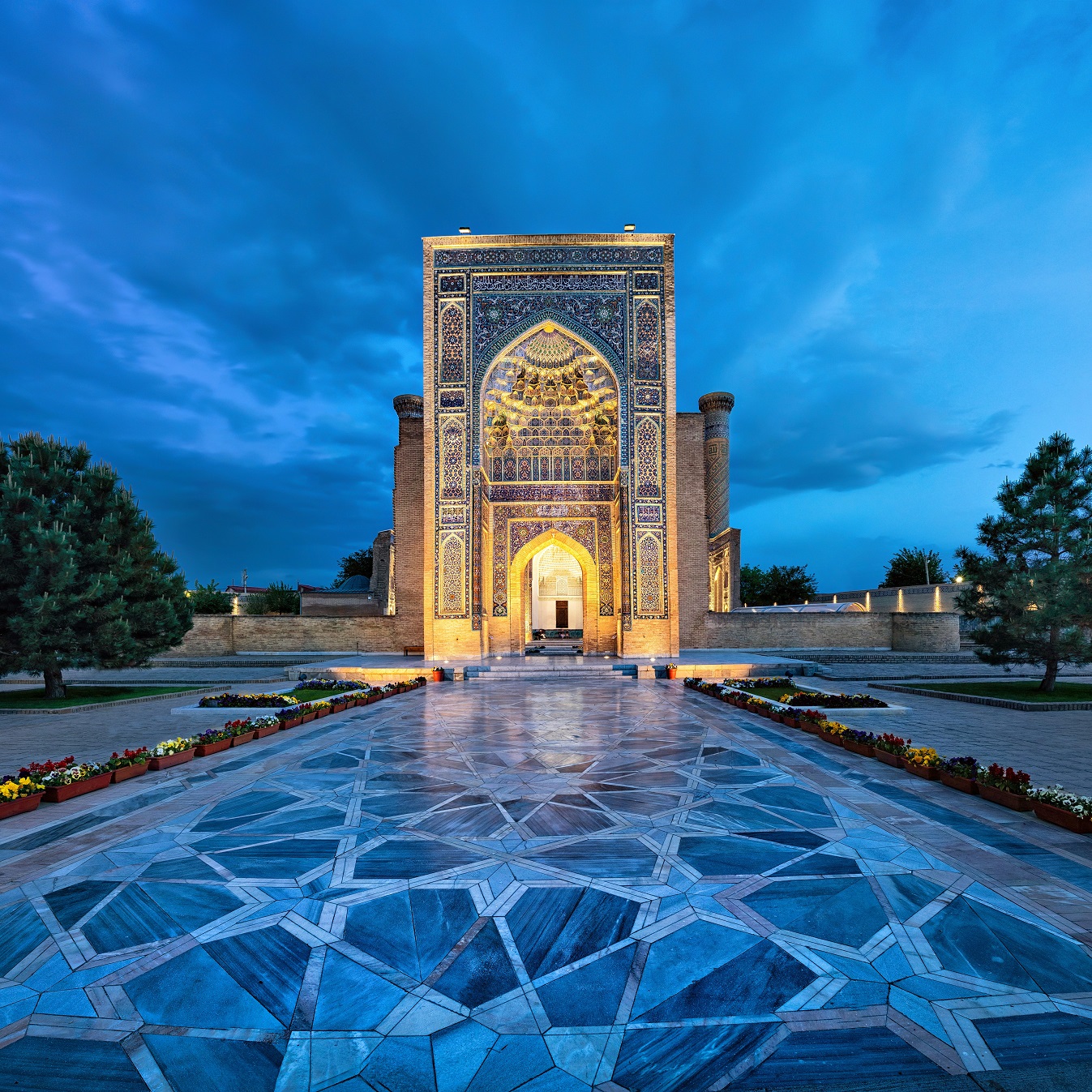
Peter & Janice Lacey , Tailormade Five StansTravel The Unknown proved to be knowledgeable, efficient and flexible. An extensive and packed itinerary ran like clockwork. The quality of accommodation, food, guides and the friendliness of all the people of Central Asia were all surprisingly good and better than anticipated. An excellent trip!
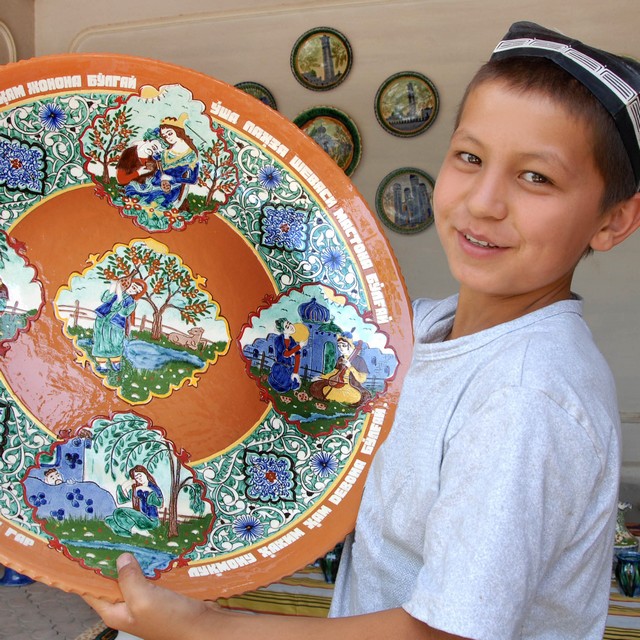
David York , Tailormade UzbekistanThe itinerary and arrangements for our trip to Uzbekistan were perfect. The local guide, Shovkat, was helpful and knowledgeable and made us feel very welcome.

The Clarkes , Silk Road Secrets of Uzbekistan with Sophie IbbotsonOur trip to Uzbekistan with Travel the Unknown was our first visit to a Central Asian country. Our guide Alisher was excellent in all respects and Sophie was a wonderful tour leader. The local people were incredibly friendly and our visit to Termez and the lack of international tourists there especially made it feel like we were doing what was on the tin, travelling the unknown. As returning clients to Travel the Unknown, the trip was another great success and a hugely interesting experience.

Joanna , Silk Road Secrets of Uzbekistan with Sophie IbbotsonI have always wanted to go to Uzbekistan and this tour was recommended to me by a friend after Covid cancelled my previous plans. Travel the Unknown was certainly the theme of our Silk Road trip to Uzbekistan, exploring remote regions with extraordinary ancient sites under expert guidance. The archeological finds near Termez were a highlight and it was great to get off the beaten track.
